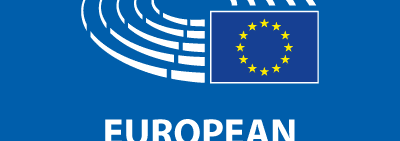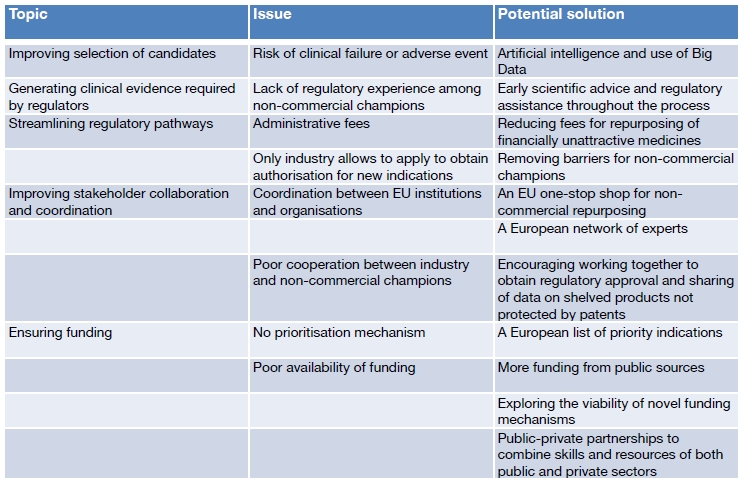by Giuliana Miglierini
A new step in the integration at the central level of data needed to manage regulatory procedures is going to be activated on 28 January 2022: starting from this date, member states’ national competent authorities (NCAs) shall use the data available in EMA’s Organisation Management System (OMS) to issue all type of certificates regulated under the EudraGMDP database, for human, veterinary and experimental medicines, as well as active substances (API).
A Questions & Answers guideline on the integration of EUdraGMDP and OMS has been released by EMA; the document reflects the points of discussion which arose in the course of a webinar organised by EMA to better inform about the new modalities for the release of the certificates and other services provided through the OMS system, and how to face the change request process.
The new procedures to uniquely identify the interested parties
As discussed few weeks ago on this blog, the use of the OMS dictionary became mandatory for all centrally authorised products (CAPs) since 1st November 2021. The integration of OMS with EudraGMDP database is a specific requirement arising from the new Veterinary Medicinal Products Regulation ((EU) 2019/6), which will become fully applicable on 28 January 2022.
The new procedures refer to different types of certificates, including the Manufacturing and Importation Authorisations (MIA), the Wholesale Distributor Authorisations (WDA), GMP and GDP certificates and API Registration certificates. GDP certificates will maintain their current validity, with re-inspections to occur after 5 years at the latest. Any new GMP certificate/authorisation for Clinical trials issued after 28 January 2022 will be also impacted. CEP certificates of suitability issued by the EDQM fall out of the scope of EudraGMDP, and are thus not impacted.
Should there be two different organisations with the same legal address, each of them will have a distinct ORG ID in the system; a single organisation with two different locations will have two LOC IDs. Multiples ORG IDs will be generated for marketing authorisation holders (MAHs) located in one country and having subsidiaries in other countries, as the identification is specific to the single subsidiary/location. A particular case may be represented by India, where some plots are recognised as one address by National postal services. In that case, just one LOC ID will be available; on the contrary, should the plot be not recognised as a single address, different LOC IDs will be generated.
In case of a single warehouse for human and veterinary medicines for a single company with a single address, the OMS will only have 1 contact; in these instances, NCAs will select if the certificate applies to human or veterinary medicinal products.
In the case of transfer of the location under another organisation, the OMS system is provided with the technical functionality to move the location from an organisation to another. Nevertheless, advices EMA, the activation of this procedure requires a careful verification and validation of the supporting documentation in order to avoid breaking the business rules of both EudraGMDP and OMS.
Changes requests and Super users
Since the end of January, NCAs shall extract from the OMS database all data relative to the specific organisation (i.e. name and location address details, including the legally registered address).
It is thus of paramount importance that all interested parties which appear on documents recorded in EudraGMDP – i.e. pharmaceutical companies, contract manufacturing organisations (CMOs), importers and distributors, both EU and non-EU – shall verify the correctness of their data registered in the database prior to the submission of any new or updated application for manufacturing or wholesale distribution authorisation with national competent authorities.
Should the submission of a change request be needed, anyone among the interested parties may provide to file it with EMA. Change requests can be submitted starting from 28 January 2022; the requests have to be validated by EMA against the reference sources (e.g. Trade registry and Postal services) before the OMS Data stewards can proceed to change the data in the system.
The availability of the correct information is particularly important in the case of CMOs located in extra-EEA countries, and which may request inspections or need to update their GMP certificates. EMA’s advices companies to promptly liaise with their partners to manage in due time any change request needed to correct data recorded in the OMS.
The “Organisation Super users” can verify all of the users affiliated to their respective organization through the EMA’s Account management portal; they can also change the user roles and users affiliated at any point in time. EMA suggests companies to have at least two Super users, in order to guarantee one of them is always available and active. A single Super user can be affiliated with different organisations.
Other answers provided by the guideline
The Q&As guideline published by EMA consists of 87 questions and their corresponding answers. Question n°2 addresses the issue of the legal basis of GDP certificates for Veterinary medicines: as the new Regulation and its associated secondary legislative acts still do not include such a legal basis, EMA will update the GDP module of EudraGMDP after January 2022 in order to provide consistency in the approach. It shall thus be possible for NCAs to voluntary use the database to record GDP certificates for companies distributing veterinary medicines. The guideline also indicates that national competent authorities are prepared to the handle the new framework and can plan in advance activities needed in the near time to issue WDA and API Registration certificates for veterinary Organisation.
Even if the use of OMS is yet mandatory for CAPs only, the Q&As guideline indicates that NCAs need to ensure that the relevant organisations are available in OMS before submitting information into the system, both for CAPs and non-CAPs. The suggestion is thus to ensure that the OMS data is present and correct for all organisations/sites, even if its use in electronic application forms (eAF) is not mandatory for the time being.
Details of manufacturing sites such as buildings or plots are not registered in OMS, but they have to be included in the GMP certificate; this extra information will be inserted in the ‘Restrictions’ section of the certificate. There is no change to the procedures for the issuing of GMP certificates.
When a change to an organisation occur in the OMS, the dictionary part of EudraGMDP gets refreshed, but no change is reflected in the documents already issued unless there is a specific action on them. The synchronisation between the two databases occurs on the following business day after the change was registered.
In case of transfer of the company to a new location, the change has to be registered in the OMS before new certificates can be issued; according to the guideline, this should not represent a problem while the current certificate are still valid.
During the webinar some doubts have been expressed as for the possible confusion arising from the guidance document “Manufacturer organisations in the OMS dictionary” (EMA/465039/2018), which divides OMS data responsibility for manufacturers and MAHs/Applicants. This document shall be reviewed by the Agency, says EMA’s guideline.











